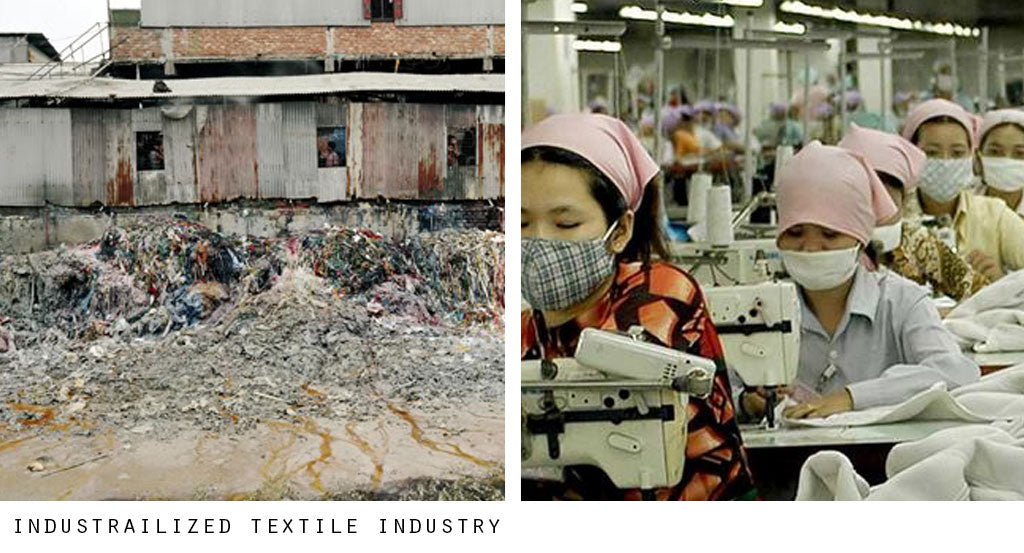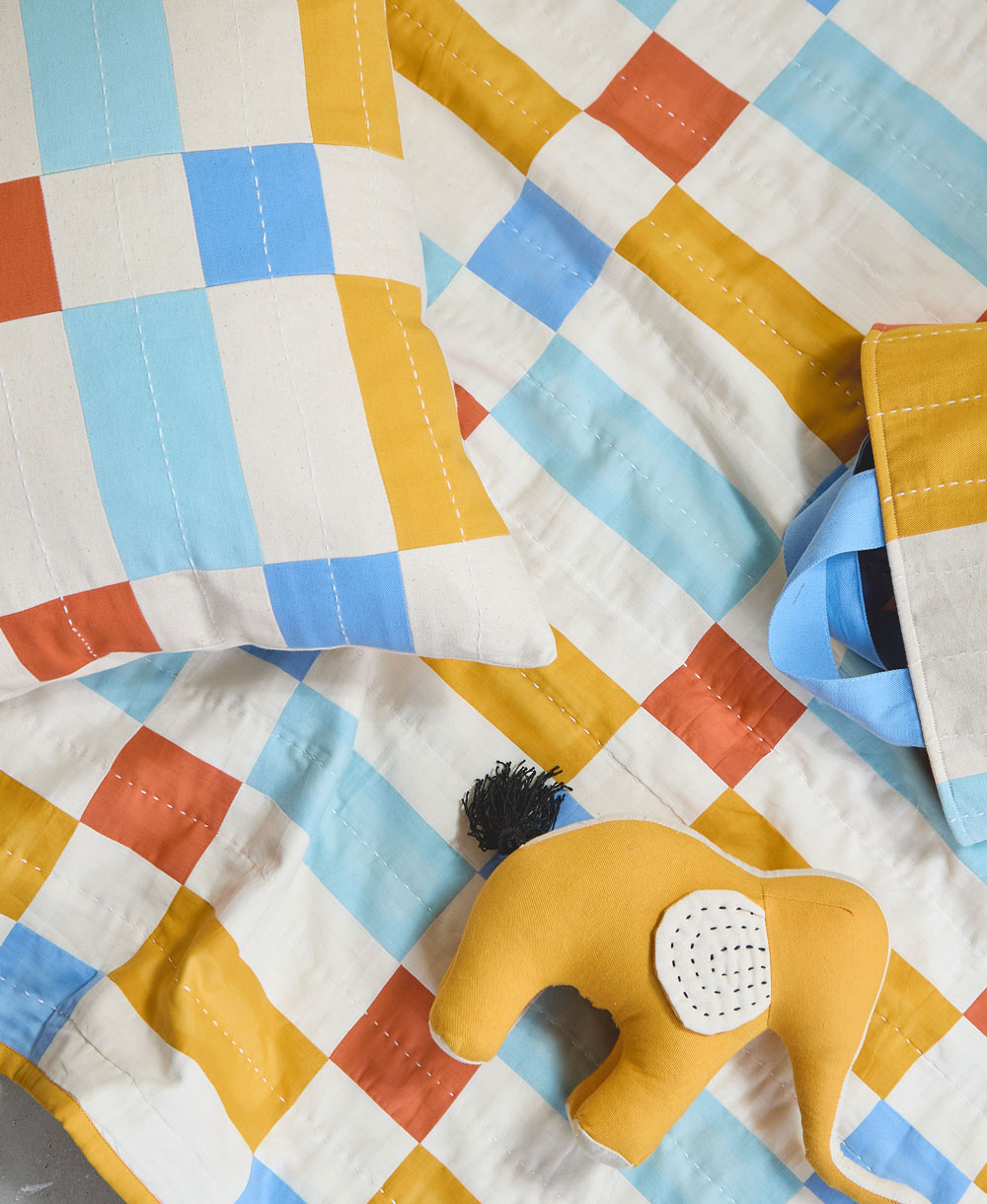Fact #1: The textile industry is #1 polluter of freshwater on the planet.
Fact #2: Less than 5% of our clothes are made in the United States today. These facts beg the question of how much do we know about the textile industry? Moreover, how much do we know about the harmful methods that are employed to dye our clothes? The World Bank estimates that 17 to 20% of industrial water pollution comes from textile dyeing and finshing treatments given to fabrics. Additionally some 72 toxic chemicals are pumped into water during textile dyeing, over 30 of which are poisonous and damaging to human health, directly & indirectly.
 dyeScape is here to change that.
dyeScape is here to change that.
dyeScape can begin to offset the damages of the industrialized textile system by transforming long neglected vacant lots into beautiful productive landscapes, regenerating lasting textiles systems and the communities around the world.
 We can eliminate the harsh chemicals, such as ammonia, chlorine, and heavy metal, that are pumped into the industrialized dyeing process, by harvesting plants and flowers with natural dyeing compounds. Additionally, localizing the dyeing process of textiles to vacant lots in the United States can boost the economy and build community. One of the biggest facing the U.S. today is the lack of jobs. While the project is set up as a cooperative, with a initial buy-into the membership program, immediate financial benefits can be reaped. Anchal Project is ready to purchase the dyes harvested in the gardens to dye some of products come over from India. Coupling with the immediate financial benefits, the dyeScape cooperative can help to build a community of representatives in agricultural businesses, small scale urban agriculture start-ups, clothing makers, designers, shop owners, and shoppers in the local community.
We can eliminate the harsh chemicals, such as ammonia, chlorine, and heavy metal, that are pumped into the industrialized dyeing process, by harvesting plants and flowers with natural dyeing compounds. Additionally, localizing the dyeing process of textiles to vacant lots in the United States can boost the economy and build community. One of the biggest facing the U.S. today is the lack of jobs. While the project is set up as a cooperative, with a initial buy-into the membership program, immediate financial benefits can be reaped. Anchal Project is ready to purchase the dyes harvested in the gardens to dye some of products come over from India. Coupling with the immediate financial benefits, the dyeScape cooperative can help to build a community of representatives in agricultural businesses, small scale urban agriculture start-ups, clothing makers, designers, shop owners, and shoppers in the local community.
dyeScape has the potential to overhaul the industrialized dyeing process by bringing it back to the U.S. and involving local communities.
Next time you pick up a great new apparel piece at one of your favorite stores, just think about how it got that beautiful color. Help us change the process - get involved with dyeScape! dyeScape on the website, Facebook, and Twitter.
Images provided by Adventures of a Frugivore, National Geographic




